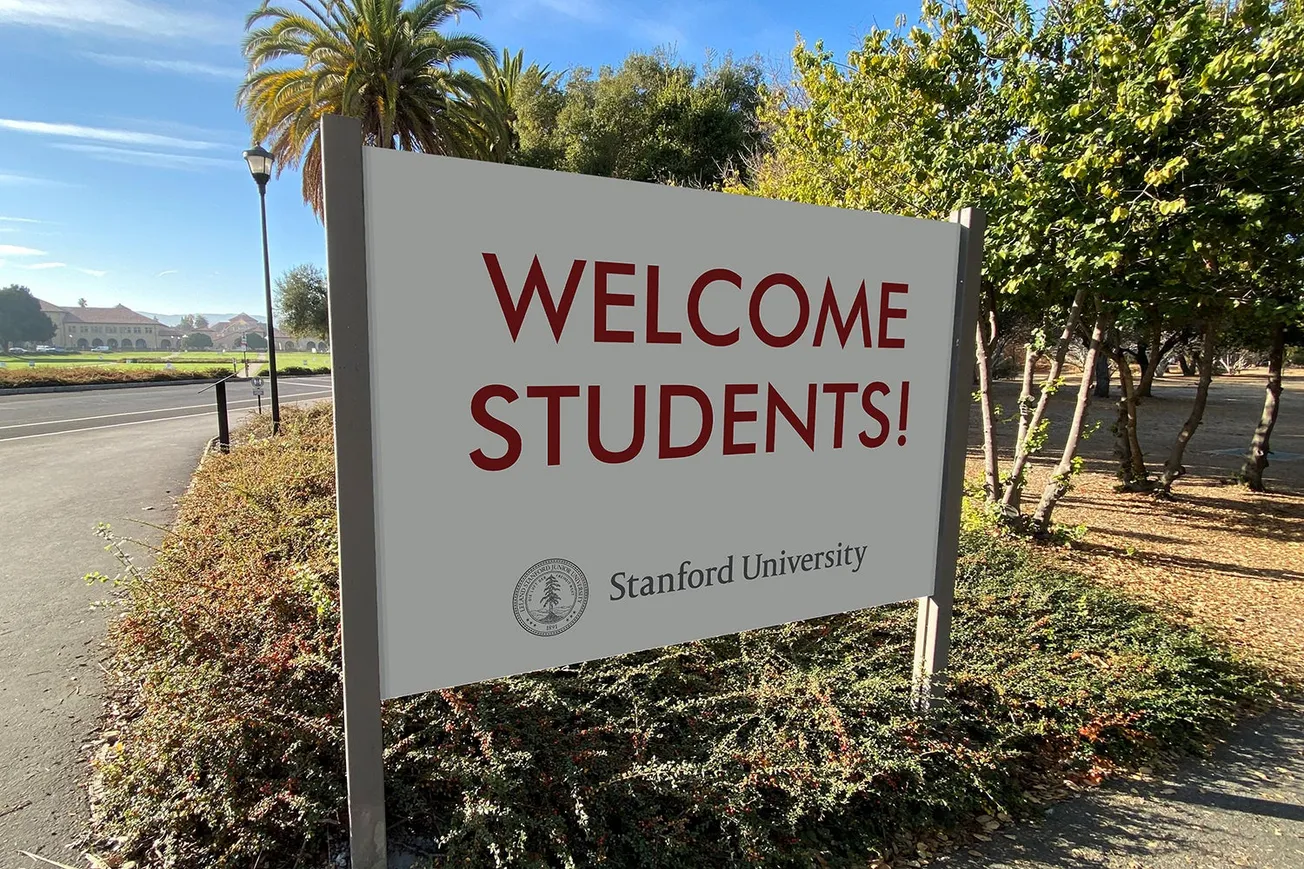Table of Contents
On Wednesday, April 9th, President Trump froze $790 million in federal funding to Northwestern and over $1 billion to Cornell. The sequence of funding halts, which began in early March, is in response to university administrations’ handling of pro-Palestine demonstrations, allowance of antisemitic activity on campus, and lack of protection for Jewish students since the fall of last academic year. These hefty cuts have grabbed the attention of students, staff, and academic administrators across the country as they all wonder: Who will be next?
Harvard is the latest university to face federal funding cuts, with the Trump administration freezing over $3 billion in federal grants. The move resulted from growing criticism of Harvard’s response to pro-Palestine demonstrations and its refusal to alter DEI policies or disciplinary procedures. The administration also revoked Harvard’s ability to enroll international students, citing the university’s “failure to comply with simple reporting requirements.”
The Trump administration launched federal funding cuts, freezes, and reviews at Columbia ($400 million), Harvard ($9 billion), Princeton ($210 million), Brown ($510 million), and the University of Pennsylvania ($175 million). Among the eight universities in the Ivy League, only two have not been hit with funding cuts: Yale and Dartmouth.
What makes Yale and Dartmouth different? I believe it is because those universities have been acting efficiently and ending pro-Palestine demonstrations on their campuses before they escalate out of control. Both Yale and Dartmouth experienced student protestors and encampments. However, both schools arrested several students and removed their encampments within a matter of hours of them being set up.
National media and Dartmouth students describe the school as more “civil” than other universities, which could partly explain their administration’s ability to act reasonably and quickly. The university rapidly shut down encampments within two hours of their establishment after giving protestors a chance to operate within the bounds of school policy. A pro-Israel student commented: “If you look at a school like UCLA, where they let the protesters become more and more fired up by the day and build a stronger and stronger fort for themselves, and then you had an outside mob attack the encampment, then it got bulldozed by police — [Dartmouth’s response] is absolutely a better alternative to that.”
Rather than allowing antisemitic activism to fester into an explosion of protesting and violence, Dartmouth got ahead of the issue by remaining steadfast in its policies, which explicitly prohibit encampments. The universities that have remained relatively unscathed are the ones that act fast, stick to their codes of conduct, and make no allowances for unregulated activity.
Whether or not this was the case at Stanford is debatable.
On November 10, 2023, pro-Palestine students began an encampment at White Plaza that lasted 120 days. Their list of demands, originally posted in a now-inaccessible Google Form, included a range of political and institutional requests. The students pressured the Stanford administration to divest from Israel-supporting companies and call for a ceasefire between Israel and Hamas. In mid-February of 2024, Stanford reached an agreement with the involved students, stating that the university would not take any legal or disciplinary action against students involved and would meet with student representatives about their demands, so long as the students ended the camp.
In late April of 2024, a group of students began a “People’s University for Palestine” encampment in White Plaza in direct violation of Stanford’s time, place, and manner policies. The student group, which referred to itself as “Stanford Against Apartheid in Palestine” (SAAP), erected the encampment shortly before admit weekend for the Class of 2028. Around the same time, students from SAAP organized a walkout to demonstrate their support for Palestine at Memorial Church.
The largest pro-Palestine demonstration occurred on the last day of classes in June of 2024, when 13 pro-Palestine protestors in a group called “Liberate Stanford” were arrested after they illegally entered a building, took over former Stanford President Richard Saller’s office, injured a law enforcement officer, and vandalized buildings in Main Quad, causing $1 million in damages. The individuals released a statement on their Instagram account, threatening Stanford’s administration. They refused to leave former President Saller’s office until the university obliged their demands. The outburst lasted all of 3 hours until those involved were arrested. Stanford immediately suspended all of the students in the “Liberate Stanford” group and prevented those who were seniors from graduating.
Although Stanford handled this final protest well, there remains the issue of their lethargy, for example, is not urgently shutting down the 120-day encampment. The university has not consistently enforced punishments for disruptive protestors, encampments, and other students who persistently engaged in “divest from Israel” movements. It even took almost a year for the 13 Ivory Tower intruders to be officially charged with felonies.
Stanford continues to have small, sporadic pro-Palestine demonstrations, such as expressions both against defense technology and in support of sending humanitarian aid to the Palestinians. For the last two weeks, students and faculty have engaged in hunger strikes and congregated near White Plaza in an effort to force Stanford administration to divest from Israel.
Although the active pro-Palestine stance of many students and faculty endangers Stanford’s funding, we must also consider the conservative presence and efforts on Stanford’s campus, which do not exist at many other top universities. Organizations such as the Hoover Institution improve Stanford’s reputation with the Trump administration. While the question of whether or not we will be affected by these cuts still stands, the presence of conservative voices and right-wing reasoning at Stanford could be our saving grace in avoiding drastic funding cuts.





